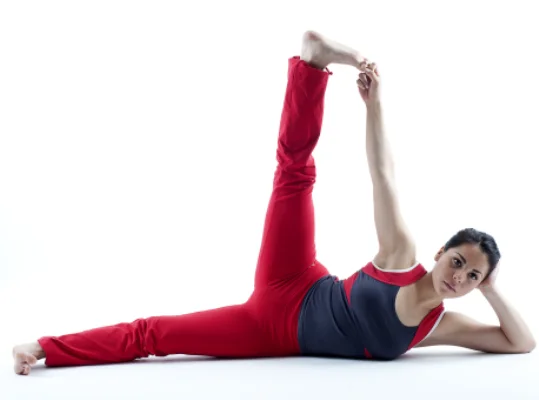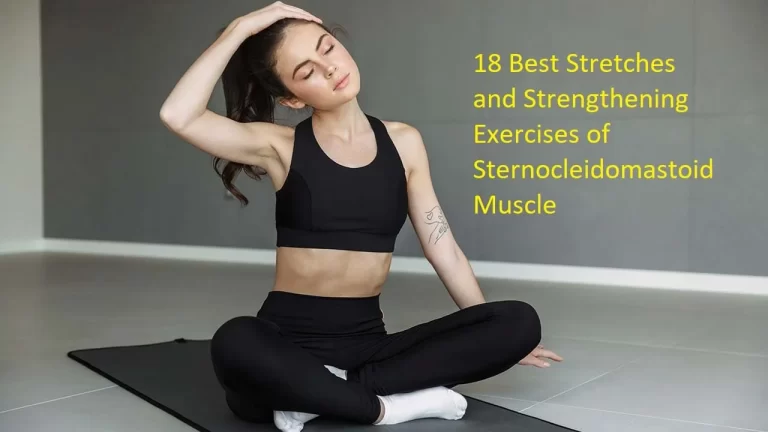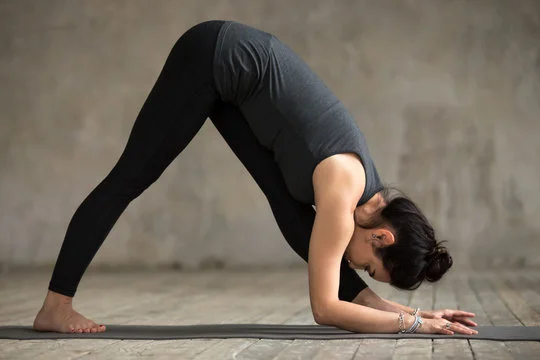Anantasana
Introduction
There are multifarious sorts of yoga asanas of which the ‘counterbalancing and relaxing variety’ is probably the easiest one. The asanas of this classification aid you relax your body that might be fatigued from the day-to-day work or other intense asanas. Anantasana drops in this classification of yoga asanas.
In this yoga pose, you have to repose your body to either the left or the right side while laying down on a yoga mat. This comfortable posture will suggest a smooth stretch to your leg muscles and the torso.
Individuals who regularly rehearse this asana usually participate in a deep sense of relaxation in their bodies. In this guide, we are going to shield the substance of Anantasana, its advantages, deviations, and much more useful. If you want to add a balancing and relaxing yoga asana to your everyday workout practice, read this direction till the end.
What does Anantasana Mean?
According to Hindu mythology, yoga Anantasana is Lord Vishnu’s slumped position. Hence, individuals also know this posture as Vishnu’s Couch Pose or Vishnu asana. The divine reptile on whom Lord Vishnu slumps are said to keep this universe concurrently and hence it is called ‘Ananta’ or endless only like the universe is.
What Are the Advantages of Anantasana?
In the context of its yogic sense, Anantasana illustrates something that lived before the innovation of duration and will be there even behind duration ends.
This asana supports toning your abdominal muscles.
It provides a relaxing stretch to the whole body.
This asana intensifies shoulder muscles.
The hamstring is also lengthened and strengthened
You can fail weight from the hip and thigh part
It assists in the evolution of a pelvic part
It also reduces anxiety and stress
Encourages blood circulation to your heart and brain increase.
It assists with digestive troubles too.
It assists treat illnesses related to the urinary bladder, uterus, prostate, testes, and ovaries.
It is also advantageous in correcting menstrual disorders and edema of the arms or legs.
Anantasana can benefit all yoga practitioners, with no issue with their age. While practicing this asana, the more stable your pelvis is, the more comfortable it will be to maintain balance. Maintain a linear spine.
How To do Anantasana?
Here is a painless step-by-step guide that will assist you to rehearse Anantasana yoga on the correct path:
Start the asana by relatively lying on your left side.
Keep your right foot over the left foot in a symmetrical path.
Press the left heel, extend your ankle, and balance your body with the help of the foot.
Extend release your left arm, and create it parallel to the torso creating a straight line from your heels to your fingertips.
While you prolong your armpit, move your left arm out and place it on the mat.
Augment the torso and head, and rest the left portion of the head in your left palm.
Ensure that your forearm and the upper portion of your left hand are in an upright position at this moment.
Turn the right leg and then suggest it upside.
Turn your knees and draw them toward the torso
Grab the prominent toe of the right leg with the aid of the thumb and the first two fingers.
Breathe in, augment your leg, and adjust the sacrum against your pelvis so that you can utilize it as a fulcrum to balance your augmented leg.
Unclose the hold of your arms and legs, release your legs using core muscles, and use the left foot to balance your body.
Hold your right hand on your thigh’s side, and move your elbow to the side of your left torso.
Anantasana Video
Precautions And Safety Points
The side lounging leg lift posture is quite easy to learn and easy to practice and yet you have to master the pose to prevent injury and muscle stresses. Here is a list of some precautions and protection points to maintain in mind while rehearsing the Anantasana posture:
If you have spondylitis, cervical pain, slip disc, or any other comparable condition, you should consult your doctor before counting
Anantasana yoga pose to your home activities.
Avoid doing the napping Vishnu pose if you have spine disorders like scoliosis as this yoga asana can further worsen your situation instead of treating it.
Prep Poses For Anantasana
The following postures can heat up and train your body for the resting Vishnu pose:
Lounging Big Toe Posture (Supta Padangusthasana)
Gate Pose (Parighasana)
Asana Tips For Beginners
To reap the most advantages, use the following tips while accomplishing this yoga for beginners:
Beginners usually feel pressure on their necks while they rest their heads in their palms. You can engage your torso during the resting stage and relieve stress on your neck.
When you start this asana, you will discover it is a little difficult to fully stretch your legs in the first few days. Until then, accomplish not overstrain to fully stretch your legs.
What Are the Variations And Modifications of Anantasana?
Use a wedge or a bolster to help your back while you are in the reclining position.
Wrap a belt about your ankles, and hold this belt instead of reaching your toes.
Once you reach the fundamental Anantasana pose, you can shift your better knee and carry it nearer to touch the right ear. This needs more additional flexibility and hence challenge-up your body better while you rehearse Anantasana.
If you want to create the asana very comfortably, you can try a deviation in which you do not have to increase your torso.
Anantasana Contraindications
Injury and Surgery: Investigators with injuries in the ankles, knees, and shoulders need to avoid this pose. Any stress or ache in the neck can be aggravated due to the neck alignment in this posture. Also, the pose should be avoided by individuals who have experienced knee, hip, or spinal surgeries.
Lack of Body-Breath Connections: Breath comprehension and core strength are required to hold this pose. The body loses balance if this cognition is not there, which can provoke spine and hip injuries. Yoga teachers require to be engaged with such students.
Physical Strength and Weak Body: Researchers with fragile ankles, knee joints, and shoulders need to avoid this pose. Also, individuals who have experienced chest ailments or surgeries need to avoid this pose because the tension on the side ribs and the intercostal muscles is not advisable for them.
Others: Aged citizens need to avoid this pose because it’s challenging for their bones and joints. Beginners can control the ball of their foot with a strap to enhance the hamstring flexibility and then gradually advance to holding the big toe with the 1st finger. Pregnant ladies can use wall support by aligning the back near a wall to avoid tilting and failing balance.
Conclusion
Anantasana is one of those comfortable asanas that aid in balancing and resting your body. If you practice it with the right form, the asana will enhance your flexibility and body balance for day-to-day actions.
FAQ
1. What Anantasana means?
Anantasana is Sleeping lord Vishnu Pose or Vishnu’s Couch Pose, Eternal One’s Pose, or Side-Reclining Leg Lift is an asana in smart yoga as exercise.
2. What are the benefits of Anantasana?
General Benefits:
Gives a gentle extension to the hips and wrists. Muscles of the sides of the body are extended and created flexibly. Obesity of the thighs and hips can be reduced and these places stretched. The hamstrings, internal thigh, and abdominal muscles are extended and relaxed, augmenting their health and efficiency.
3. Which type of asana is Anantasana?
reposed asana
Anantasana is a slumped asana that helps reduce tiredness and improve core stability. In this asana, the body reclines on one side, and the top leg is appropriated and controlled with the top arm, as in a comprehensive hand-to-big-toe pose.
4. What are the contraindications for Anantasana?
Injury and Surgery: Researchers with damage in the ankles, knees, and shoulders need to avoid this pose. Any anxiety or ache in the neck can be aggravated due to the neck alignment in this pose. Also, the pose should be avoided by people who have experienced knee, hip, or spinal surgeries.
5. How do you perform Anantasana?
Step-by-Step Instructions
Begin by lying on your back.
Extend your correct arm to the back of your mat. …
Turn your right arm and raise your head. …
Bend both feet. …
Try to keep your whole body in one arrangement from elbow to heels. …
Flex your left knee and bring hold of the big toe with your left hand in a yogi toe lock.







